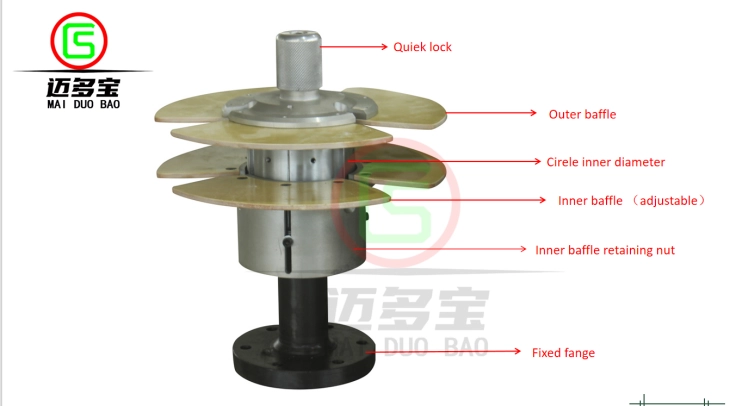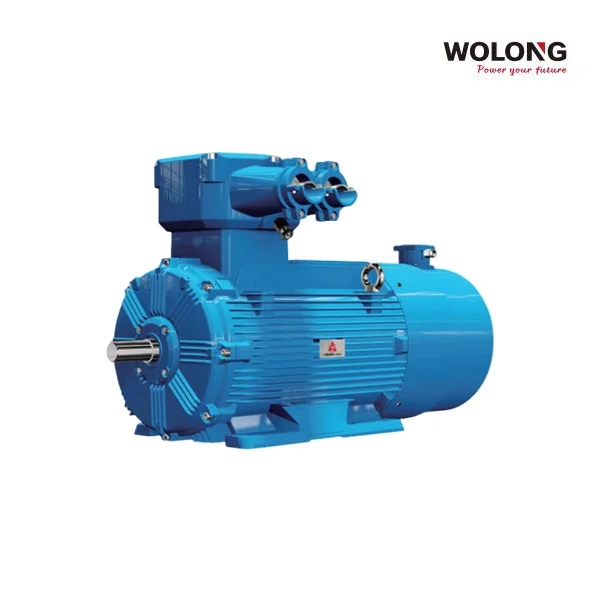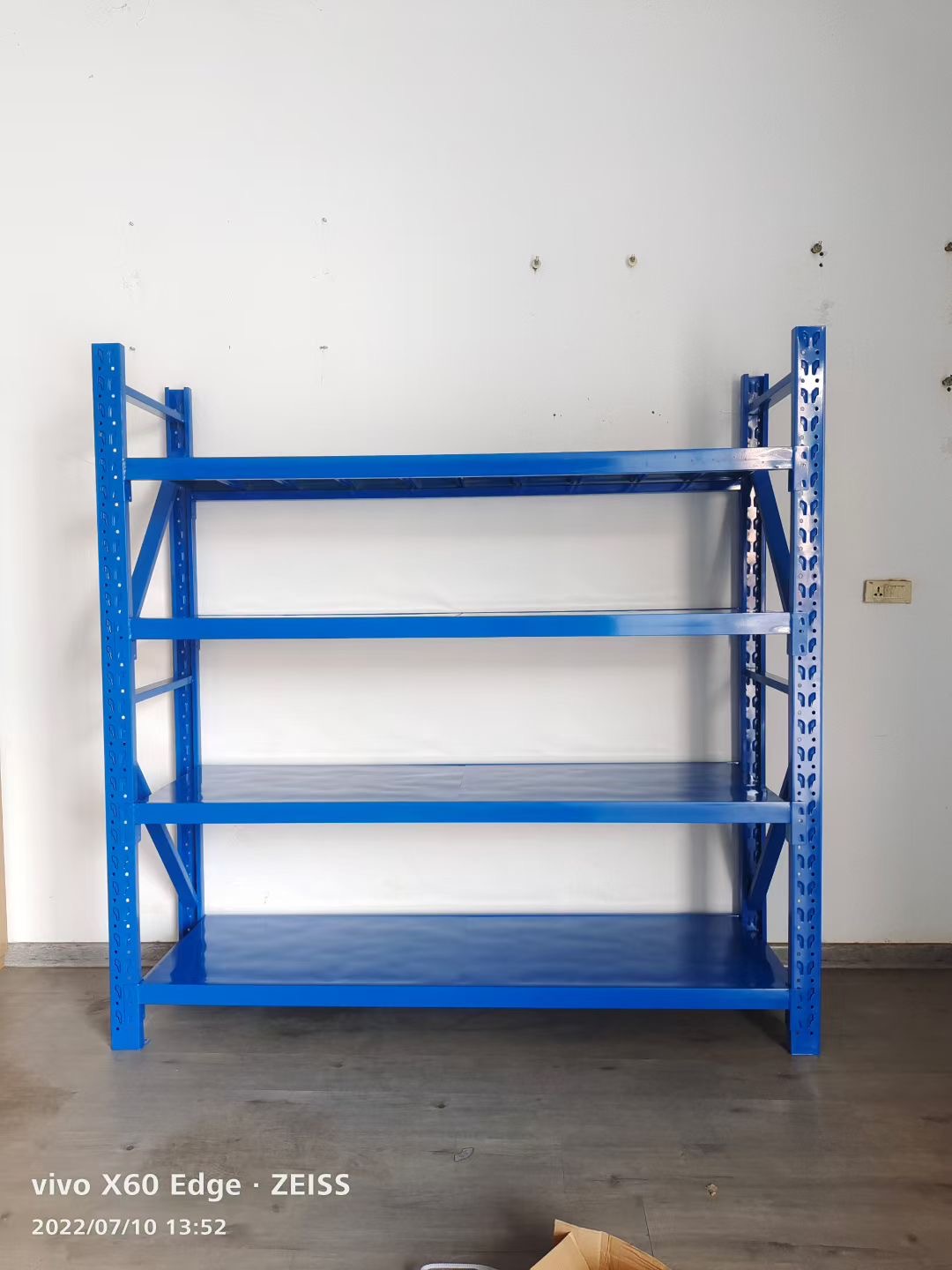Chainsaws are indispensable tools in various industries, including forestry, construction, and landscaping. As a professional in the field, understanding the lifespan of a chainsaw is crucial for optimizing its usage and making informed purchasing decisions. In this article, we will delve into the factors that influence the longevity of a chainsaw, providing valuable insights for both professionals and enthusiasts.
- Quality and Durability:
The quality of a chainsaw plays a pivotal role in determining its lifespan. High-quality chainsaws, crafted with durable materials and precision engineering, are designed to withstand rigorous usage. Manufacturers who prioritize quality control and adhere to industry standards ensure that their chainsaws have a longer lifespan. Investing in a reputable brand with a proven track record can significantly extend the life expectancy of a chainsaw. - Maintenance and Care:
Proper maintenance and care are essential for maximizing the lifespan of a chainsaw. Regular cleaning, lubrication, and sharpening of the chain, along with routine inspections of the engine and other components, can prevent premature wear and tear. Following the manufacturer's guidelines for maintenance, including recommended service intervals, will help ensure optimal performance and longevity. - Frequency and Intensity of Use:
The lifespan of a chainsaw is closely linked to the frequency and intensity of its usage. Heavy-duty applications, such as felling large trees or cutting through dense materials, exert more strain on the chainsaw, potentially shortening its lifespan. Conversely, occasional and lighter use can significantly prolong the chainsaw's life. Understanding the limitations of a chainsaw and using it within its intended capacity will help extend its longevity. - Environmental Factors:
The environment in which a chainsaw operates can impact its lifespan. Extreme temperatures, excessive humidity, and exposure to abrasive materials can accelerate wear and corrosion. Operating a chainsaw in optimal conditions, such as avoiding wet or freezing environments, can mitigate these factors and contribute to a longer lifespan. - Replacement Parts and Repairs:
Even with proper maintenance, chainsaws may require occasional repairs or replacement parts. Opting for genuine manufacturer parts and seeking professional repairs from authorized service centers ensures the chainsaw's longevity. Using counterfeit or incompatible parts can lead to further damage and reduce the overall lifespan of the chainsaw.
Conclusion:
In conclusion, the lifespan of a chainsaw depends on various factors, including its quality, maintenance, frequency and intensity of use, environmental conditions, and the use of genuine replacement parts. While a well-maintained chainsaw from a reputable brand can last for several years, it is important to remember that individual usage patterns and operating conditions can influence its longevity. By understanding these factors and implementing proper care, professionals and enthusiasts can maximize the lifespan of their chainsaws, ensuring efficient and reliable performance for years to come.





